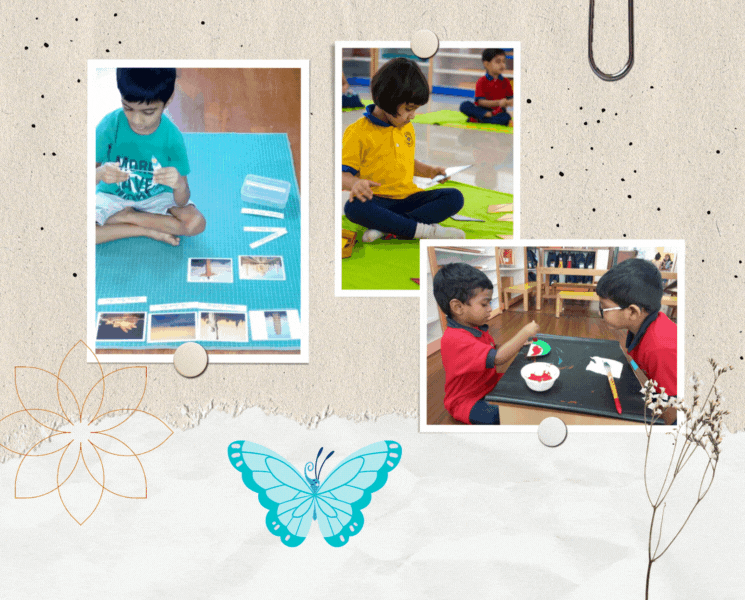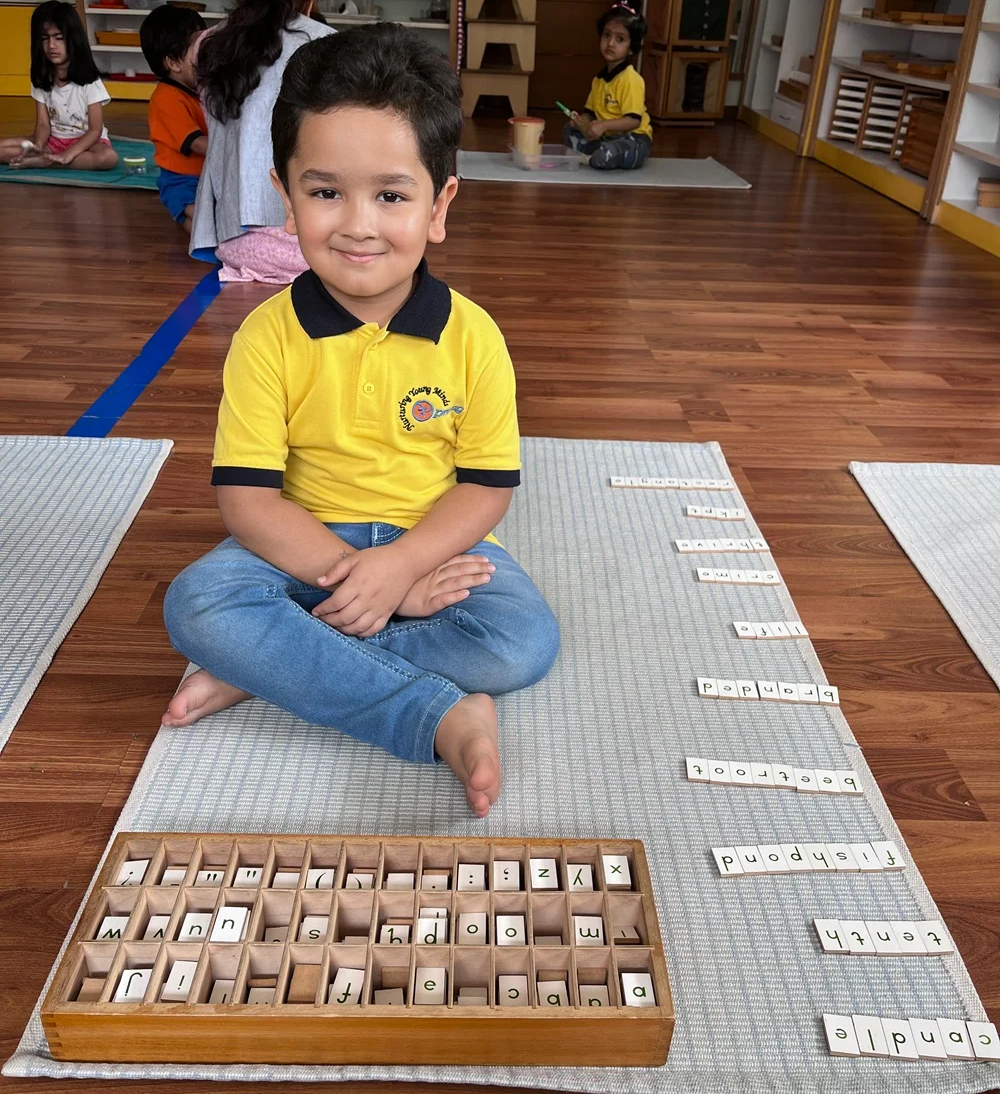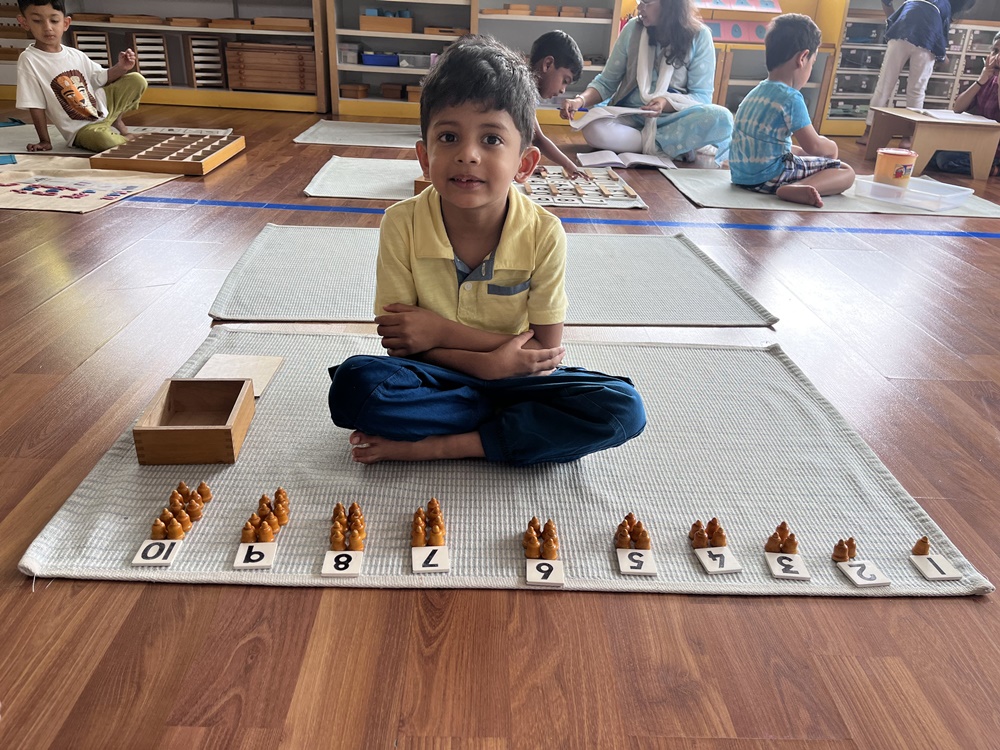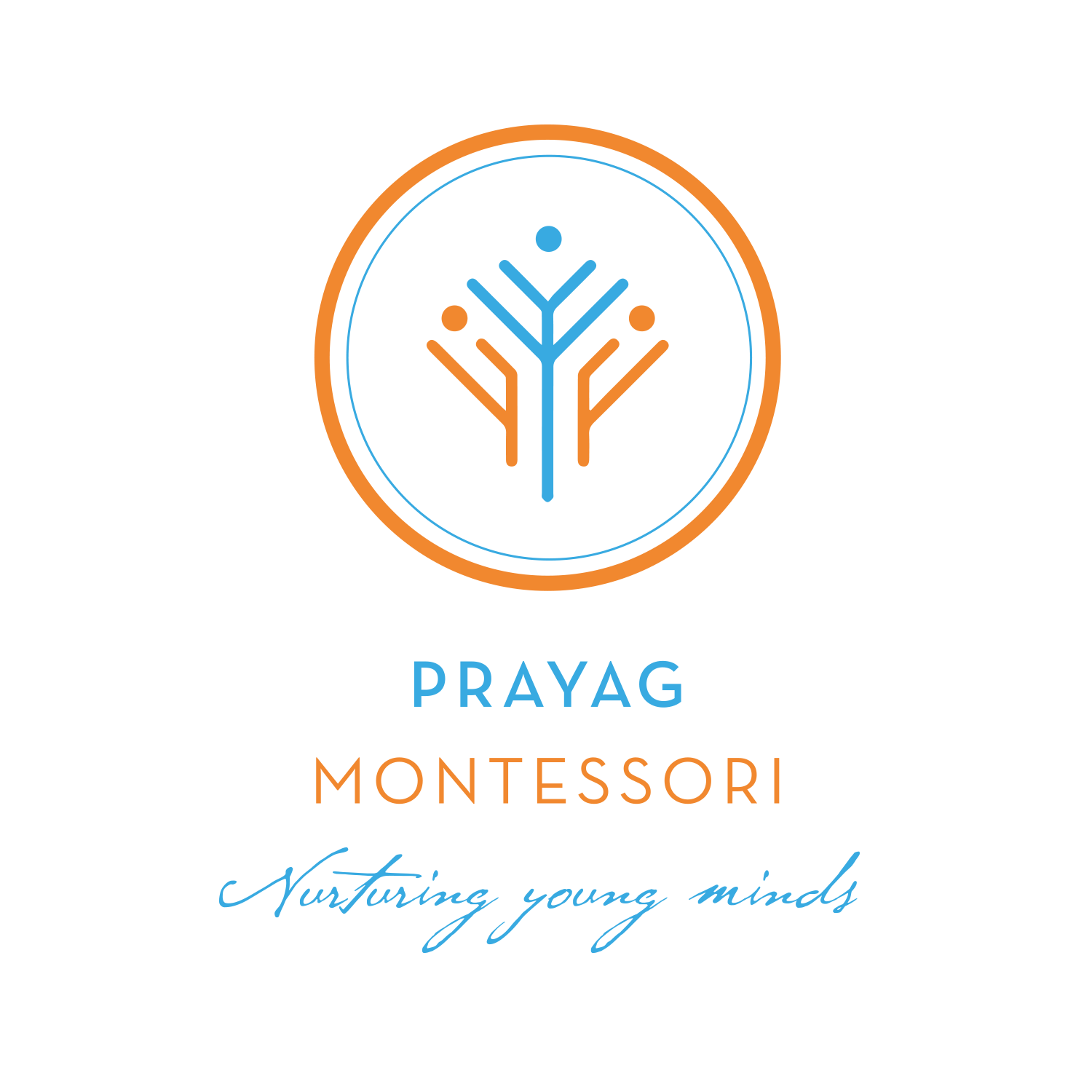
The Montessori Method
The Montessori method respects the innate drive in each child that guides them to instinctively grasp what they need most to learn at any given moment. Dr. Maria Montessori discovered that when allowed to engage freely during the Sensitive Period, children learn with greater enthusiasm and thoroughness. This unique feature of the Montessori approach cannot be overstated – each child is given the freedom to choose activities that best suit their natural curiosity and correspond to the special needs of their Sensitive Period of inner growth.
Our educators respect each child’s unique path of learning and growth while inspiring them to work with materials and activities that provide the rich experiences necessary for the child to evolve into a balanced and holistic individual.
Our educators respect each child’s unique path of learning and growth while inspiring them to work with materials and activities that provide the rich experiences necessary for the child to evolve into a balanced and holistic individual.

Exercises of Practical Life
The Exercises of Practical Life (EPL) comprise of activities that the child is familiar with from his surroundings.
These activities include:
Taking care of Self.
Taking care of the Environment.
Social Behaviour.
Elementary Movements.
These activities help the child gain independence and take control of his/her own life. The most important need of the young child is to develop his/her muscles and co-ordinate his/her movement through such practical life exercises as sweeping, polishing, carrying water, pouring, wiping a table, etc. Special Montessori materials enable the child to tie, button, snap and use many other fastening devices.
The purpose of these exercises is to develop concentration, pay attention to detail and learn good working habits, as the child follows a regular sequence of actions. These activities provide the very foundation on which the child approaches more intricate academic exercises.
These activities include:
Taking care of Self.
Taking care of the Environment.
Social Behaviour.
Elementary Movements.
These activities help the child gain independence and take control of his/her own life. The most important need of the young child is to develop his/her muscles and co-ordinate his/her movement through such practical life exercises as sweeping, polishing, carrying water, pouring, wiping a table, etc. Special Montessori materials enable the child to tie, button, snap and use many other fastening devices.
The purpose of these exercises is to develop concentration, pay attention to detail and learn good working habits, as the child follows a regular sequence of actions. These activities provide the very foundation on which the child approaches more intricate academic exercises.

Sensorial Exercises
One aspect of the Montessori Method offered in all Montessori Houses of Children is the Sensorial Exercises. Sensorial materials in the Montessori environment are designed to sharpen the senses of the young child and enable them to understand the many impressions they receive through them. Each Sensorial material isolates one defining property, such as color, weight, shape, texture, size, sound, or smell. The Montessori Sensorial Materials help the child to distinguish, categorize, and relate new information to what they already know.

Language
The child learns oral language naturally by automatically absorbing it from his/her
environment. When the child enters a Montessori Environment, he/she learns that words are
made of sounds and each sound has a symbol. By absorbing the sounds and the symbols, the
Montessori child begins to read, when he/she is ready and proceeds at his/her own pace.
Experiences gained by working with EPL and Sensorial materials, serve as a preparation for
writing. The Sandpaper Letters provide a phonetic basis for reading. With the cut-out letters
(The Moveable Alphabet), the child builds words using the Picture Series, by phonetically
listening to the sounds in succession and placing the right symbol for each sound. This
material frees him from the fatigue of his still-developing writing skills, and yet gives him the
opportunity to pursue his interest in words. These activities serve as a preparation for the time
when the child assimilates what he knows, which later progresses into an explosion into
writing.

Arithmetic
The materials for Arithmetic introduce the child to associate Quantity and its Symbols i.e.,
the numbers 0 through 9. The quantities are introduced by a series of Number Rods, which
the child can count. Then he/she matches the sets of Number Cards with the Rods. Using a
wide range of Beads and Number Cards, the child becomes familiar with numbers as a part of
the Decimal System, including concrete experiences with the operations of Addition,
Subtraction, Multiplication and Division. These exercises not only teach the child to count
and calculate, but they provide a deep understanding of how numbers function and the
association between the Quantity and Number.

Culture
Culture plays a very active role in the Pre-primary Montessori Environment. Children are
offered culture in the form of celebration of various festivals conducted through-out the year.
Geography and Botany too, as being part of our outer environment, become integral in our
process to offer Culture to the children. Geography starts with introduction to Water and
Land bodies, progressing to the study of the Earth in the form of a Globe/Map. Children get
to learn more about different continents, in general, through pictures, moulds and Geography
puzzles.
Botany introduces the child to the parts of a plant by practically experiencing the lifecycle of a plant and through field trips, to help him/her appreciate nature's diversity. Children get to learn more about the varied shapes of leaves and also get to understand the inter-dependency between plant life and mankind.
Children, through Zoology, are able to satiate their fascination and curiosity for animals by learning more about their classification, lifecycles and their habitats.
Botany introduces the child to the parts of a plant by practically experiencing the lifecycle of a plant and through field trips, to help him/her appreciate nature's diversity. Children get to learn more about the varied shapes of leaves and also get to understand the inter-dependency between plant life and mankind.
Children, through Zoology, are able to satiate their fascination and curiosity for animals by learning more about their classification, lifecycles and their habitats.

